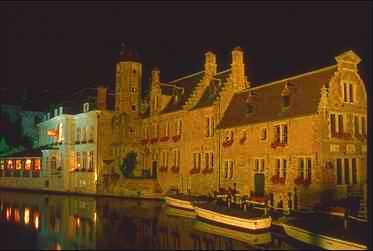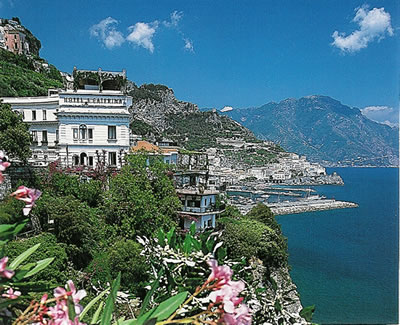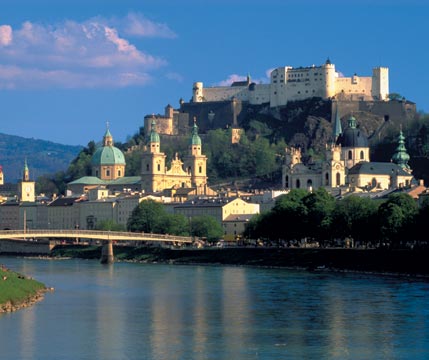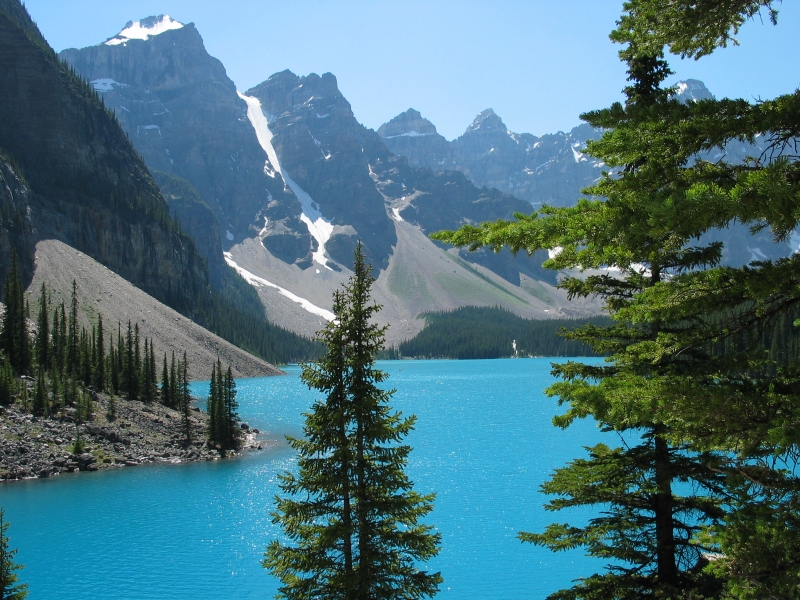 "I reckon grief tourism is a void filled by a lack of religion or interest in religion. It's the thing that you do when you can't be bothered going to a church on your travels. I think it's still all about entertainment. I don't think it's about actual grief," wrote a reader, Sandy, in response to my posts about Australia's Anzac Day last weekend, here and here. I've been reflecting upon Sandy's comments all week. Anzac Day is a national day of remembrance (as you travel around Australia you'll see the words "Lest we forget" on every war memorial) to honour the 11,000 Australians and New Zealanders who died at Gallipoli, Turkey, during World War 1. Over the years it became a day to commemorate those who fought in other wars serving our country. When I was young it was always a day that was for older people, those who'd fought in the first and/or second world wars and their children (my grandparents/parents), and the grandchildren (my parents/my generation) always seemed to be dragged along reluctantly to parades and dawn services. But for a young generation of Australians, the great-grandchildren of the Anzacs (and younger), participating in Anzac Day, and travelling as far as Gallipoli for 25 April, has become a cool thing to do in recent years. So much so that in 2005, 17,000 people, mostly young Australians, were at Anzac Cove at Gallipoli for the dawn service. What was once a solemn ceremony turned into a day of drunken debauchery with the music videos screened to entertain the crowds creating a party atmosphere fueled by alcohol (officially banned). Following negative media coverage, numbers declined with just 10,000 Aussies present in 2008. However, it was clear that Gallipoli had become a magnet for Aussie backpackers and their behavior had become so bad that in Lonely Planet's recent Turkey guidebook, author Virginia Maxwell urged Aussie travellers to consider their impact as tourists and stay away from Gallipoli on 25 April 2009, and instead visit at other times of the year. (See Gemma Pitcher's story on NineMSN's travel: Lonely Planet: Stay Away from Anzac Service.) Behavior was modified and last weekend's ceremony at Gallipoli was considerably more sober, despite numbers remaining high. But how do we explain the popularity of Gallipoli amongst backpackers who once upon a time would rather have been partying on a beach in Bali, or Goa, or Koh Samui... Has Gallipoli become 'the thing that you do'? Are the tours there a form of 'grief tourism', an opportunity to appreciate what it was really like for those who fought and died at Gallipoli - to feel how cold it could get, to understand how hard it was to climb up those hills - or is it just another key sight for travellers to tick off on a long list that includes everything from the Eiffel Tower to St Peter's Basilica? In the absence of religion, and the lack of knowledge about and disinterest in churches that a young generation must have, are those extravagant European cathedrals now passe? Are war memorials the new churches?
"I reckon grief tourism is a void filled by a lack of religion or interest in religion. It's the thing that you do when you can't be bothered going to a church on your travels. I think it's still all about entertainment. I don't think it's about actual grief," wrote a reader, Sandy, in response to my posts about Australia's Anzac Day last weekend, here and here. I've been reflecting upon Sandy's comments all week. Anzac Day is a national day of remembrance (as you travel around Australia you'll see the words "Lest we forget" on every war memorial) to honour the 11,000 Australians and New Zealanders who died at Gallipoli, Turkey, during World War 1. Over the years it became a day to commemorate those who fought in other wars serving our country. When I was young it was always a day that was for older people, those who'd fought in the first and/or second world wars and their children (my grandparents/parents), and the grandchildren (my parents/my generation) always seemed to be dragged along reluctantly to parades and dawn services. But for a young generation of Australians, the great-grandchildren of the Anzacs (and younger), participating in Anzac Day, and travelling as far as Gallipoli for 25 April, has become a cool thing to do in recent years. So much so that in 2005, 17,000 people, mostly young Australians, were at Anzac Cove at Gallipoli for the dawn service. What was once a solemn ceremony turned into a day of drunken debauchery with the music videos screened to entertain the crowds creating a party atmosphere fueled by alcohol (officially banned). Following negative media coverage, numbers declined with just 10,000 Aussies present in 2008. However, it was clear that Gallipoli had become a magnet for Aussie backpackers and their behavior had become so bad that in Lonely Planet's recent Turkey guidebook, author Virginia Maxwell urged Aussie travellers to consider their impact as tourists and stay away from Gallipoli on 25 April 2009, and instead visit at other times of the year. (See Gemma Pitcher's story on NineMSN's travel: Lonely Planet: Stay Away from Anzac Service.) Behavior was modified and last weekend's ceremony at Gallipoli was considerably more sober, despite numbers remaining high. But how do we explain the popularity of Gallipoli amongst backpackers who once upon a time would rather have been partying on a beach in Bali, or Goa, or Koh Samui... Has Gallipoli become 'the thing that you do'? Are the tours there a form of 'grief tourism', an opportunity to appreciate what it was really like for those who fought and died at Gallipoli - to feel how cold it could get, to understand how hard it was to climb up those hills - or is it just another key sight for travellers to tick off on a long list that includes everything from the Eiffel Tower to St Peter's Basilica? In the absence of religion, and the lack of knowledge about and disinterest in churches that a young generation must have, are those extravagant European cathedrals now passe? Are war memorials the new churches?Update: if this topic interests you, you might also be interested in this story "'Drunk, drugged-up Kiwis' treat Gallipoli' as party", published 6 April 09, which was motivated by comments from NZ Herald readers, including one New Zealand traveller on their way to Gallipoli last week who was embarrassed to be part of a group who had no idea what Anzac Day was all about and were simply going to get "hammered".














































